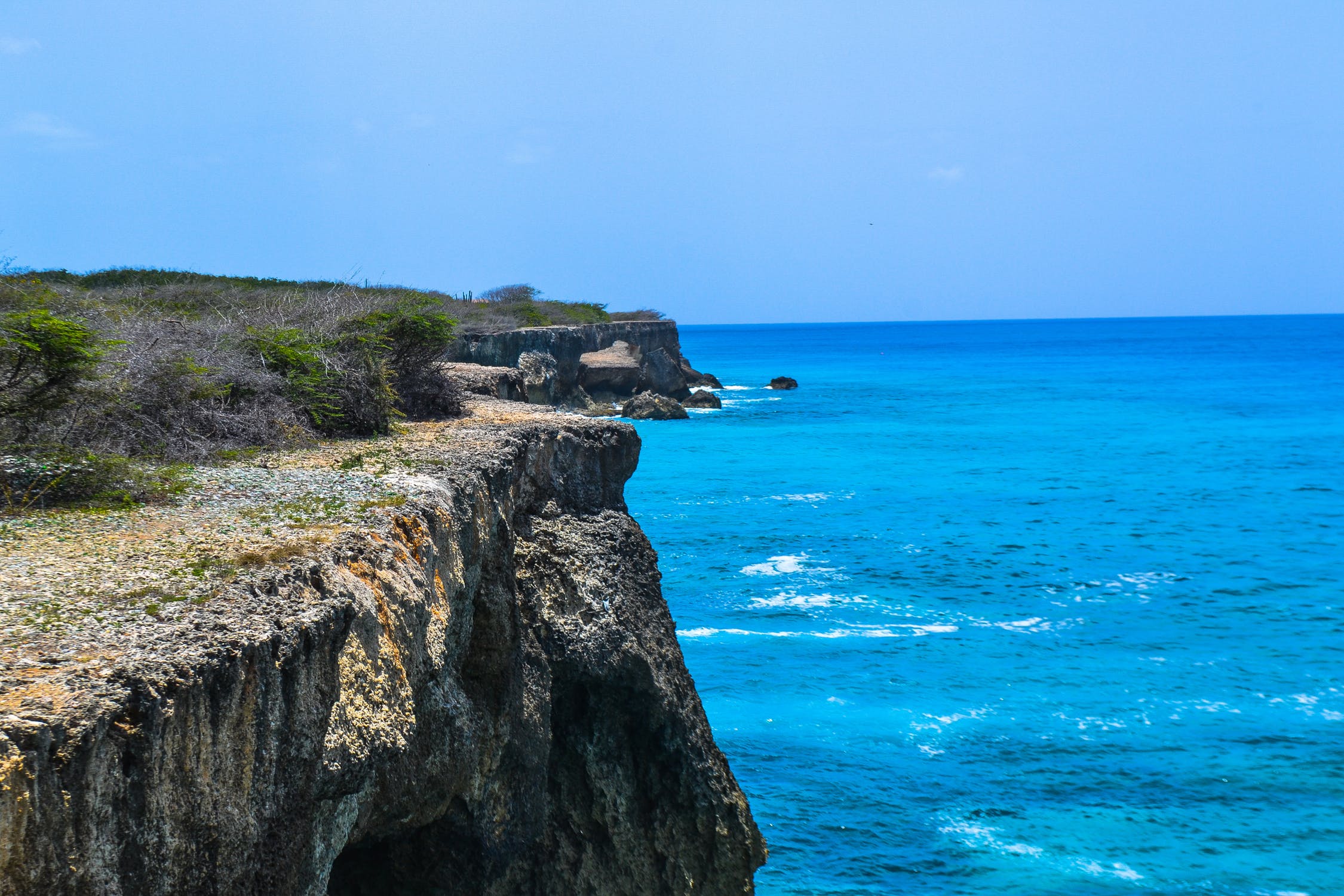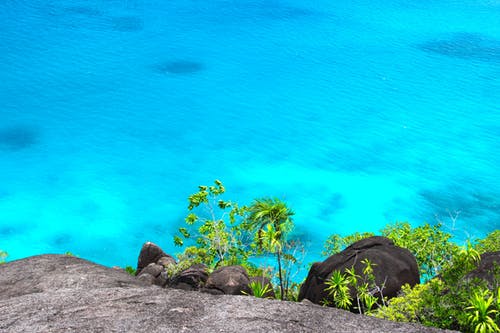6 of the Most Amazing Rock Formations in Israel
February 6th 2019
For such a small country, Israel is abundant with amazing rock formations and diverse geology. From north to south there are stunning rocky landscapes that have helped define the history and cultures of the region. Each formation, whether cave, cliff, arch, or crater, has its own fascinating story intertwined with surrounding human settlements and activity.
There are numerous beautiful rock formations to be viewed right across Israel, from the Negev Desert and Dead Sea to the Judean Mountains, Jordan Rift Valley, and northern mountain ranges, and more locations besides. But a few places are just extra special and it’s some of these we want to share with you below.
Six of our favorite ‘rocky’ places include:
Keshet Cave Cliff
Perhaps the most striking rock formation in Israel is the natural arch of the Keshet Cave Cliff. Located in the Upper Galilee, a few kilometers from Rosh Hanikra, the arch is what is left of what was once a huge cave. The cave walls eroded away over many thousands of years leaving the magnificent arched limestone ceiling intact. The archway is a popular place for visitors to admire stunning views across the Western Galilee and Mediterranean Sea beaches.
Rosh Hanikra Sea Caves
The Rosh HaNikra grottoes are a series of sea caves situated on the border between Israel and Lebanon. The caves were formed over millions of years by the action of the sea on the white chalk cliffs. Today, the grottoes are connected by cavernous tunnels and a cable car provides tourists with easy access to the caves from above. There’s also plenty of information available on-site about the incredible history of the area and its current importance.
Soreq Cave
On the western slopes of the Judean Hills can be found an amazing cave. Filled with stalagmites and stalactites, the Soreq Cave (also known as the Avshalom Cave) is the largest of its kind in Israel. The large cave is open to the public and the atmosphere within is warm and humid. The stalagmites are hundreds of thousands of years old and have been formed by rainwater seeping through the rocks and crystalizing the limestone.
Arbel Cliff
In the Lower Galilee near the city of Tiberias is a remarkable cliff face called Mount Arbel. From the top you can see the entire Sea of Galilee, into the Golan Heights, and across to Mount Hermon in the north. Mount Arbel forms part of the Jordan Rift Valley and is accessible by car or on foot, via the gently sloping south side. Dug into the cliff are several ancient cave dwellings which were used as Jewish hideouts as far back as the Second Temple era.
Ramon Crater
Makhtesh Ramon (also known as the Ramon Crater) is an incredible crater-like hole in the middle of the Negev Desert. The huge landform, which stretches up to 40km in length, is the result of rock erosion taking place over millions of years. It’s regarded as the world’s largest “erosion cirque” and the surrounding ridges afford stunning views across the crater’s valley. There’s a large diversity of rocks in the area including basalt, quartzite, clay, and sandstone.
Meshushim Pool
In the Yehudiya Forest Nature Reserve in the Golan Heights can be found what, at first glance, looks like a specially designed pool. Surrounded by hexagonal pillars of basalt stone, the Meshushim Pool (also known as the Hexagons Pool) was formed by slowly cooling lava. As the lava solidified, the contractions created polygonal shapes, which almost look manmade. The pool is a beautiful place to take a dip during long hikes under the hot sunshine.














